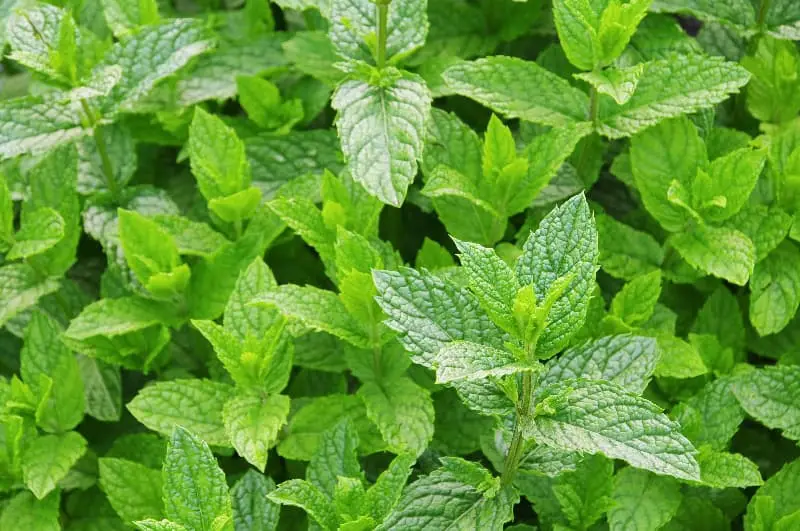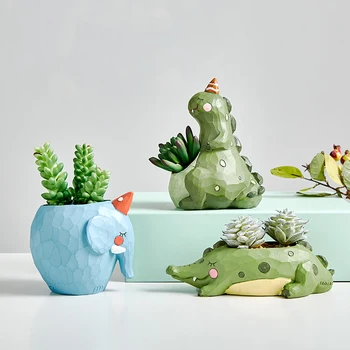Are you looking for how to harvest mint? Whether you’re curious about what is the best way to plant mint or harvest mint leaves, we’ve got your answers here!
Interested in growing your own mint or looking for tips on optimizing your mint harvesting practices? We’re here to help. We’ve dug up (pun intended) some great tips and info for mint growers from beginner level growers to more experienced growers.
If you’re new to this, try not to worry. Luckily, mint is an easy plant to grow, even for beginner-level harvesters.
Once your mint plant or plants has/have sprouted and grown 3-5 inches tall, it is safe to begin harvesting mint leaves. Mint grows quickly and easily, and you can expect the plant to grow more rapidly each time you cut a stem – I like to remember this by thinking of harvesting (also referred to as pruning) mint as giving it a nice healthy haircut.
If you’re looking to obtain the highest concentration of essential oils from your mint, try harvesting outdoor mint immediately after the morning dew has dissipated. However, mint can be pruned at any time for your enjoyment – think garnish on a salad, piece of meat, or fish, or to top off a pretty drink such as iced tea or lemonade.

I’ve created a suggestive and helpful step-by-step guide to harvesting mint without killing the plant:
Gently pluck any yellow or brown leaves or stems from your plant or plants. These are no longer healthy and lack the fresh quality you’re probably looking for from your mint.
Decide how much mint you need – The amount of mint you’ll need to harvest depends upon what you would like to do with your mint.
**Small amount of mint – you should only need a small amount of mint if you’re looking for a quick garnish or want to add a burst of flavor to something small, such as a drink. If this fits your scenario, you can pluck a leaf or two off the plant by hand.
Get your pruning shears handy. When harvesting a larger quantity of mint, you can benefit from using pruners to avoid excess damage to the plant’s fragile components. Mint is a soft plant, so you shouldn’t need to worry about protecting your hands with gardening gloves.
Begin clipping single leaves or entire stems. I like to clip stems just above a leaf on any plant, as this has always given me the best success when it comes to keeping my plants healthy and growing.
Pro tip: Try to avoid using more than two-thirds of any single plant per harvest to protect the plant’s ability to grow healthily.
**Remember to keep your fingers out of the way of the pruning shears to avoid injury. Pruning shears are just as sharp or sharper than scissors.
Collect the mint you’ve harvested and gently clean it with a soft flow of water or a couple of dunks in a water-filled bowl.
Very gently pat the mint dry or leave it to air dry on a paper towel.
One benefit of harvesting mint is that it simply smells nice. Consider adding mint to a pot of warming water, such as a pot of water on your stovetop or top of a wood-burning stove to create a mild, refreshing aroma.
Many other benefits of mint are health-related:
Mint, like anything else, is always best when it is fresh. Consider pruning only the amount of mint you need at the current moment to ensure optimal freshness and benefits.
Some people like to prune a larger quality of mint per harvesting session. If you’re one of these people, a great way to preserve your mint is to dry it. Dried leaves are great for cooking with and to be used as an aromatic.
**It might be best to avoid storing mint in the refrigerator or freezer as these preservation methods may cause the mint to wither and lose its essential properties of freshness.
Before acquiring mint saplings, pods, or seeds, decide which type or types of mint you’d like to grow. Different types of mint leaf include spearmint, peppermint, pineapple mint, apple mint, watermint, and many more.
Mint can be grown outside or indoors.
If you’d like to have access to fresh mint all year round, you can grow your plants indoors. You can use a small planter and follow the same directions for outdoor planting found above. Or, you can purchase an indoor herb garden that uses hydroponics for an incredible indoor growing experience.
I have an indoor herb garden, and I love it.
Once your mint plants have become fruitful, you can create more plants. Simply plant trimmings or uproot and replant small sections of existing plants.
Mint is an easy plant to grow and offers many benefits and uses. We hope this article has provided plenty of useful tips to grow, harvest, and preserve your very own fresh mint.
You may enjoy these related articles:




We provide a platform supported by gardening enthusiasts to share unique experience and knowledge.
We’ve pledged 5% of sales to the program which help more families have opportunity to have garden.
Every action we make has an impact on planet. Learn more about Million Compost Movement.
Join facebook community to connect, share passion and get support when you need.
Keep in mind that we may receive commissions when you click our links and make purchases. However, this does not impact our reviews and comparions. We try our best to keep things fair and balanced, in order to help you make the best choice for you.
As an Amazon Associate, we earn from qualifying purchases.
Sign up for gardening tips, activism awareness, exclusive offers and more!
© Garden Guidepost

Gardening tips, activism awareness, exclusive offers and more!